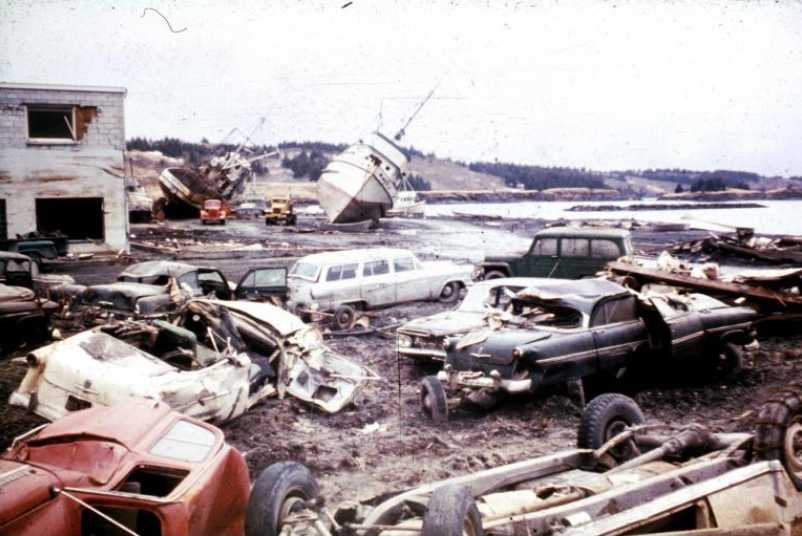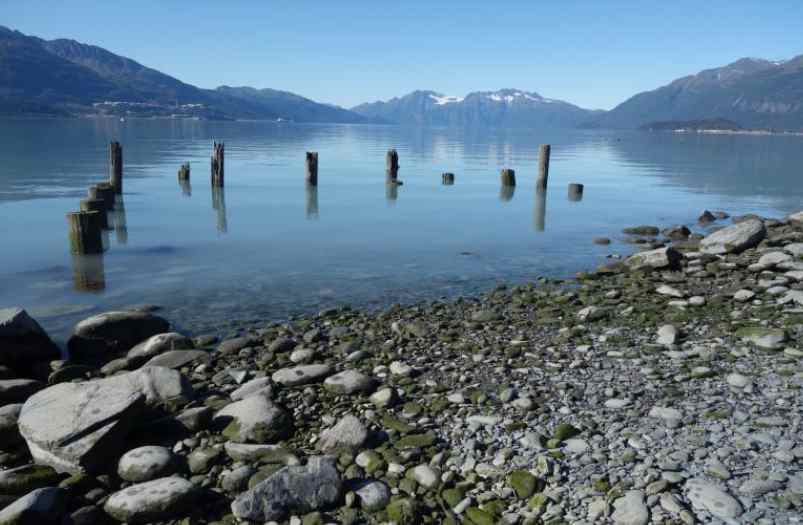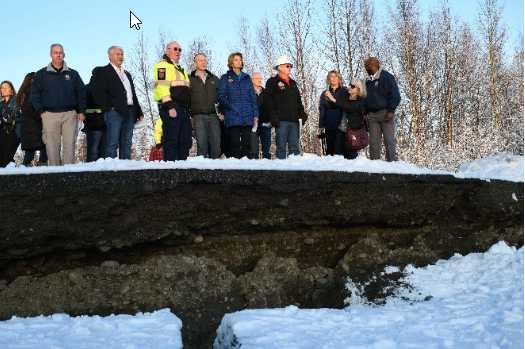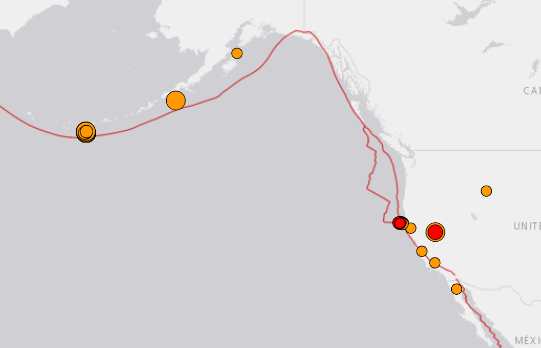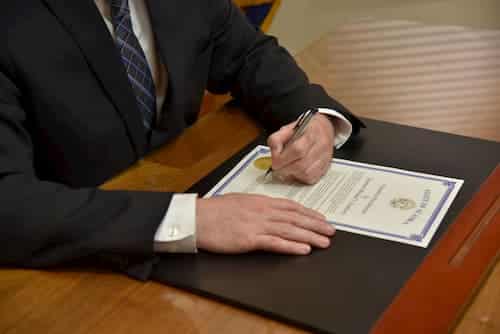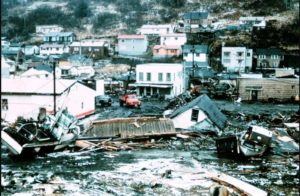
JOINT BASE ELMENDORF-RICHARDSON, Alaska –Governor Mike Dunleavy proclaimed March 20-26 Tsunami Preparedness Week. Tsunami Preparedness Week coincides with the anniversary of the 1964 Good Friday Earthquake which was the largest recorded earthquake in U.S. history. While this powerful earthquake altered the geography of Southcentral Alaska it was the tsunami waves that caused the greatest loss of life.
Alaska has more earthquakes than all other U.S. states combined, and we have had 16 of the 20 largest earthquakes ever recorded in the U.S. Furthermore, earthquakes are the leading cause of tsunamis.
To prepare for tsunamis, Alaskans are encouraged to know the risk, understand the warning signs, practice evacuating low lying coastal areas, and build an emergency kit.
Know the Risk – The risk of tsunamis is different in every community. Earthquakes can deform the ocean floor and create large and small tsunami waves that travel vast distances. The shaking can also cause landslides that create local tsunamis that impact communities very quickly. Most tsunami vulnerable communities in Alaska have tsunami evacuation signs identifying evacuation routes and inundation areas. To better understand the risk, visit Tsunamis In Alaska.
Understand the Warning Signs – A violent earthquake that makes it difficult to stand is your first warning sign that you should evacuate. Communities may have evacuation sirens that will signal a local evacuation. The Emergency Alert System can deliver messages through broadcast media and the Wireless Alert System can deliver messages to cell phones. It is also critical to act if coastal water behaves unusually, such as rapidly receding, has a sudden rise, turbulent currents, or creating unusual sounds. Earthquake and Tsunami information here.
Practice Evacuating Low Lying Areas – If you live in or visit a tsunami vulnerable community you should identify tsunami evacuation routes and areas outside of the inundation zone. Practice walking the routes as a family or community at least once a year. Tsunami inundation maps of Alaska communities are available at tsunami.alaska.edu.
Build an Emergency Kit – Tsunamis can have impacts on Alaska’s supply chain. All Alaskans should have an emergency kit with enough food, water, medical supplies, and other supplies for two weeks. Visit Ready.Alaska.gov for emergency kit resources.
During Tsunami Preparedness Week, agencies that participate in the National Tsunami Hazard Mitigation Program (NTHMP) in Alaska will promote tsunami awareness and preparedness by conducting a tsunami alert call down drill in the State Emergency Operations Center; sharing educational social media posts; and hosting two Tsunami Operations Workshops for the Aleutian Islands and Bristol Bay communities.
Agencies that participate in Alaska’s NTHMP program include Alaska Division of Homeland Security and Emergency Management, National Tsunami Warning Center, Alaska Earthquake Center, Alaska Division of Geological & Geophysical Surveys, and National Weather Service. For more information follow on social media at #TsunamiPrepAK.[content id=”79272″]

